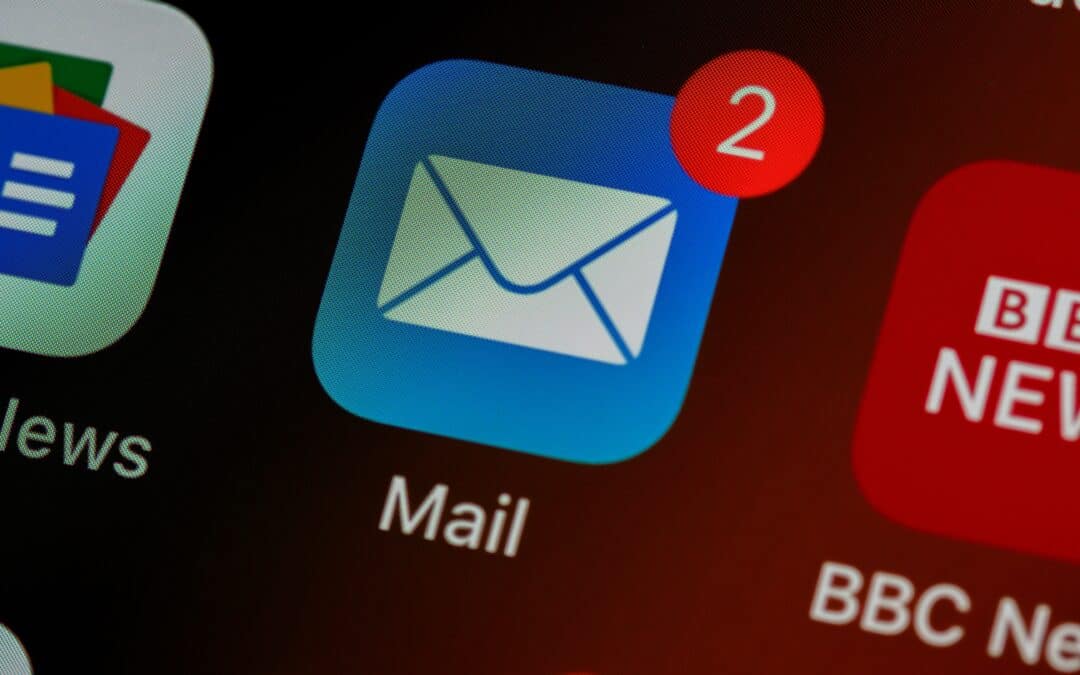Ever picture your digital workspace as a battlefield? Imagine phishing attacks as hidden explosives. These threats don’t just mess with services.
They threaten your team’s privacy and security too. Phishing attacks are scary. They put at risk data, account info, personal devices, and even more!
Surprising stats: around 1 out of 4,200 emails in 2020 packed a phishing punch. Fiona Carroll, a cybersecurity expert, spilled this shocking info. Here’s your safety shield. Ready to prevent these strikes? Here’s your plan:
- Consistently Facilitate Phishing Awareness Programs
The key to building solid defenses is through continuous education on phishing threats. Educate your workforce by integrating various intuitive means:
- Look into online courses or informative webinars
- Create engaging videos or quick quizzes
- Conduct realistic simulations that resonate with daily experiences
Equally important is to assess employees’ understanding by periodically launching pseudo phishing attacks and noting their reactions. This practice aids in gauging their levels of alertness and providing constructive feedback.
- Enforce Email Security Measures
Securing your inbox from treacherous paths of phishing emails and malicious attacks is of utmost necessity in today’s digitized world. Notably, the key to achieving this involves reinforcing your line of defense with appropriate email security measures.
Here, email security systems act as a shield, efficaciously filtering potential threats before they navigate their way to the inbox. Some of these preventive strategies you can adapt are:
- Implementing Robust encryption protocols: Encryption makes the contents of your emails unreadable to anyone other than the intended recipient. This is extremely beneficial, particularly when transmitting sensitive information.
- Adopting Authentication checks: Authentication aids in validating the sender’s identity. This helps curb unauthorized access and protect emails from being intercepted.
- Setting up Verification systems: Verification systems confirm the legitimacy of an email, thus acting as a safeguard against spoofed emails or forgery attempts.
Furthermore, it’s not just about an organization selecting these measures, but also about the team that’s involved. Proactive education about the significance of adopting secure communication tools is a crucial aspect. Encourage the use of:
- Virtual Private Networks (VPNs): VPN ensures a private network from a public internet connection, which encapsulates and protects your online actions.
- Password Managers: Let’s not downplay the importance of strong and unique passwords. Password Managers assist in creating and storing complex passwords, offering comprehensive security.
- Antivirus Programs: The fundamental role of antivirus software is to detect, prevent, and remove malicious software, thus providing that much-needed security cover for your systems.
- Promote a Culture of Prompt Reporting & Sharing
Another significant step is to create conducive avenues for your team to promptly report suspicious phishing emails.
Regularly updating them with the most recent phishing strategies and potential security threats helps keep vigilant. Recognize and reward employees’ efforts in reporting or successfully avoiding phishing threats. This proactive approach can significantly boost their vigilance levels.
- Regular Security Policies Review & Updates
Periodical reviews and updates of your security policies – in line with evolving phishing tactics and best practices – are imperative. Some key actions to take are:
- Regular security audits: These help identify vulnerabilities in your system and ensure that your security policies are adequate.
- Evaluations to identify shortcomings: Analyzing past incidents and identifying areas that need improvement is essential to strengthen your defenses. Look into opportunities like how Russian workers can use VPN to mitigate risks. Even better, involve employees in feedback, suggestions, and updates. Encourage your employees to give their input and participate in security policy updates. Their real-life experience and perspectives can provide valuable insights, resulting in more comprehensive and effective policies.
- Provide Continuous Support & Useful Resources
Dealing with phishing attacks can often be stressful. Offering continuous support and resources to your employees, such as,
- Counseling programs
- One-to-one coaching
- Mentoring sessions
- Peer support
can effectively help manage the stress levels. Make sure you provide them with the latest and trustworthy information and guidance to protect themselves from phishing threats.
The journey to augment your organization’s phishing defense doesn’t end here. Remember, it’s an ongoing process of adaptation and learning. If you have any questions or need further assistance, feel free to ask. A friendly reminder, it’s always your vigilance that makes a real difference!
Final Thoughts
With the increasing frequency and sophistication of email attacks, strengthening email security measures is indeed the need of the hour. By doing so, we not only secure our inboxes but also ensure a protected digital communication environment. Adopt and enforce these robust techniques – security starts with you!








